|
We all know the answer to …. “Why did the chicken cross the road?” But do you know the answer to… “Why did the dinosaur cross the road? Answer – “Because the chicken wasn’t invented yet.” In James Foley's, award winning giggly graphic novel, CHICKENSAURUS, Dexter Maelstrom invents a de-evolving ray. This ray morphs any living creature into one of its primitive ancestors. “If you zapped a chicken, you’d get… a dinosaur.” But, not just any dinosaur, a… CHICKENSAURUS Written and Illustrated by: James Foley Published by: Fremantle Press, January 2021, Sally Tinker, the world's foremost inventor under the age of 12, is back with a new adventure in invention. When Sally's nemesis hatches a fowl and poultry plot, there's no room for the lily-livered. Sally and co will need all their pluck to return the world to its rightful pecking order. This is the fourth book in the S. Tinker Inc. series of graphic novels. Let’s take a closer look at CHICKENSAURUS. In one of James’ favourite spreads Dexter introduces Sally, and readers to some of his Chickensaurus’ J- 'I love puns, so it was fun to come up with the names of the different chicken dinosaurs. I started with the names of the most recognisable dinosaurs and went from there. The book also features some nasty velociroosters! In this spread, and throughout CHICKENSAURUS, James cleverly adds humour by using puns. He also sprinkles other puns throughout CHICKENSAURUS, and they all relate to chickens. Such as, “a bad egg”, “sitting ducks,” “feathering your nest,” “yolks on you,” and “walking on egg shells.” Read the book and you’ll find loads more. However, the puns are not only in the text, but also in the illustrations. J- 'It just make ME giggle. I had fun figuring out what our villain, Dexter Maelstrom, would have on display in his collection - I drew a bunch of parody versions of famous paintings and statues. The extinct animals aren't so funny, of course ... though I do find it silly that he somehow managed to get a stuffed woolly mammoth head.’ In this spread James is letting the illustrations speak. Allowing the reader to ‘see’ the humour by studying the details in each illustration. While at the same time providing inside jokes for the reader, Well, that’s it from me this month, see you in June, with another great Aussie book. Share a laugh and connect with someone today. GIVEAWAY
For a chance to win a copy of CHICKENSAURUS
Sharon Giltrow grew up in South Australia, the youngest of eight children, surrounded by pet sheep and fields of barley. She now lives in Perth, Western Australia with her husband, two children and a tiny dog. Sharon has taught for all of her career. Previously a teacher of children who are hearing impaired and Deaf-Blind, she now teaches young children with Developmental Language Disorder. Her humorous debut PB BEDTIME DADDY! released May 2020 through EK books. Sharon’s humorous follow up PB GET READY, MAMA! Is due to be released through EK books in 2022. She was awarded The Paper Bird Fellowship for Writers in 2019, during this time she wrote her early middle grade book SAMARA RUBIN AND THE UTILITY BELT, which will be released in 2021 through Clear Fork Publishing’s new imprint &MG. She was recently awarded a U-15 K Arts Grant to further develop her early middle grade series – THE UTILITY BELT. CONNECT: https://www.instagram.com/sharongiltrow1/?hl=en https://www.facebook.com/sharongiltrowwriter/ https://twitter.com/sharon_giltrow https://sharongiltrow.weebly.com/ by Bryan Patrick Avery For the past several months, I’ve been taking a series of classes from the Academy of the Magical Arts whose headquarters is the famed Magic Castle. For the past few weeks, we’ve been working on a trick that I am certain I will never perform publicly. Still, I’ve practiced it religiously. Why? Because, though the trick itself doesn’t appeal to me, there are some key concepts imbedded in it that will help me in the future. The same can be true in writing as well. If you’re a picture book author, it might be tempting to read nothing but picture books in hopes to honing your craft. While that certainly will help, there’s much to learn from other genres, and forms, of storytelling. This month, I want to look at a form that is easily accessible to you and also has a lot to teach us about storytelling: the comic strip. In particular, we’ll look at one series in particular: Peanuts, from Charles M. Schulz. For those of us who have, at some point or another, labored over a manuscript and tried to figure out how to squeeze or story into 14 spreads or less, imagine if you had to tell a complete story in just 3 or 4 panels. That was Schulz’s task, nearly every day for 50 years. Given the staying power of Peanuts, I’d say he did it pretty well. Take a look at any Peanuts strip and you can see the Schulz storytelling power at work. Characters Charlie Brown, Snoopy, Linus and Lucy, and all the others are household names. The personalities of each character fly off the page and drive the action in every strip. Does anyone ever believe that Lucy won’t yank the football away at the last moment before Charlie Brown kicks it? Of course not. The characters, and their personalities, make each strip unique but also familiar. That’s what good characters can do for your story. Setting Where are these kids. In decades of reading Peanuts, I never once wondered that. Schulz has done an amazing job of building a world that every reader could relate to in some way. That, no doubt, has much to do with how well received Peanuts is around the world. Plot Four panels is not a lot of space to tell a story. Still Schulz is able to not a tell a story, but make us laugh, or sigh or even cry. One of my favorites is a strip from the early 70s. In the first panel, Snoopy sits on top of his doghouse and Woodstock kicks a tiny typewriter. Snoopy says that every now and then, his secretary wants to quit. This is the setup or Act I. It identifies the problem and the characters involved. In the second panel, we jump into Act II. Snoopy continues talking about Woodstock who sits with his arms folder looking really mad. How will Snoopy keep him from quitting? On to the third panel. We get a close up and Snoopy here. He says he doesn’t think Woodstock will walk off. Now, we reach the fourth and final panel, Act III. We see Woodstock and Snoopy on top of the doghouse. Woodstock looks defeated. Snoopy is smiling as he says “He can’t leave because I’m standing on his foot.” (from Peanuts 6/12/1970) Pick up any Peanuts strip and you’ll see the same structure. It’s a large part of why Schulz should be remembered for his storytelling ability as much as for his artwork. If you haven’t checked out Peanuts in a while, I’d encourage you to check out THE COMPLETE PEANUTS series. Each book in the series covers 2 years of Peanuts strips starting with the debut strip from 1950. The early years are fascinating because they show how the characters and structure of the comic developed into what we’ve seen in more recent years. Well, that’s all for this month. Happy reading and have a magical month!  Bryan Patrick Avery writes poems and stories for children from toddlers through middle grade. His middle-grade story, “The Magic Day Mystery”, appears in SUPER PUZZLETASTIC MYSTERIES, an anthology from HarperCollins and the Mystery Writers of America. His picture book, THE FREEMAN FIELD PHOTOGRAPH, was published in April 2021 by Clearfork Publishing/Spork. His early reader series, MR. GRIZLEY’S CLASS, will be available in August 2021. Bryan lives in Northern California with his family. by Melissa Stoller During the pandemic, many people have been walking outside as a form of exercise, relaxation, and social activity. Next time you promenade, be mindful and consider your five senses. As you stroll along or dash about, use the writing prompts listed below to help expand your idea journal or current manuscripts. You never know where story ideas and details will be hiding, so be ready to reach out and capture them as you meander throughout your environment. 1. Stop and smell the roses – literally. Follow your nose toward flowers, the smell of freshly-baked donuts in a bakery, or wood burning in a fireplace. What story images come to mind. 2. Notice sight details that might have previously escaped. Peek at the doors in your neighborhood. Stare at vehicles moving by. What landscapes are visible as you walk? Are any animals (pets or wildlife) visible as you walk? Pick one and write a few lines. 3. Touch a few objects in your environment. A leaf, a park bench, a flagpole, the corner of a building, a window pane. Jot down some specific and detailed observations about your chosen object. Now write a setting detail that could be part of a story. 4. What can you taste during your walk? A warm coffee? An ice cream cone? A tall glass of ice water with lemon? Could any of those foods or drinks become part of a story? 5. What do you hear as you move through your area? Birds tweeting, horns blaring, construction banging, children laughing, and more. Add those sounds into a manuscript. Next time you are ambling outside, use your senses as prompts. Be open to the possibilities, and perhaps you will think of a story idea or add some interesting details to an already existing manuscript. And enjoy the walk! MELISSA'S BIO: Melissa Stoller is the author of the chapter book series The Enchanted Snow Globe Collection - Return to Coney Island (Clear Fork Publishing); and the picture books Scarlet’s Magic Paintbrush, Ready, Set, GOrilla!, and Sadie’s Shabbat Stories. (Clear Fork). Melissa is a Blogger and Course Assistant for the Children’s Book Academy, a Regional Ambassador for The Chapter Book Challenge, a volunteer with SCBWI/MetroNY, and a founding member of The Book Meshuggenahs. In other chapters of her life, Melissa has worked as a lawyer, legal writing instructor, freelance writer and editor, and early childhood educator. She lives in New York City with her family, and enjoys theatre, museums, and long beach walks. CONNECT: https://www.MelissaStoller.com https://www.MelissaStoller.com/blog http://www.facebook.com/MelissaStoller http://www.twitter.com/melissastoller http://www.instagram.com/Melissa_Stoller http://www.pinterest.com/melissa_Stoller https://www.TheBookMeshuggenahs.com by Moni Ritchie Hadley You have an idea for a story. It’s based on your family experience. It’s awesome … until it’s critiqued, and you realize it’s not so awesome yet. How do you develop that seed of a story into a picture book? Take control—control over the characters, the plot, and the setting. Recalling events from the past or drawing on family experiences are common ways authors begin stories, which is a good start. Some might become nonfiction, some a close retelling, but many will fall into the genre of fiction. When that is the case, remember-- YOU have the power in the story. Recounting an event from your childhood is not enough to create a picture book. Don’t let yourself get stuck in the mindset --but this is what happened! Challenge yourself to move beyond the kernel of truth or fact, and create an exciting story. If you find yourself stuck to the facts, here is an example of how I broke out of my original concept for THE STAR FESTIVAL. It began sparsely in text, under two hundred words. While cute in its telling, paralleling the lives of my daughter and her grandma, from a mom’s perspective (me), it lacked excitement. A lost Grandma in a doctor’s office building didn’t wow anyone. In the fall of 2019, while taking the class, The Craft and Business of Writing Picture Books at The Children’s Book Academy, I discovered the answer to my question. I stopped resisting and changed the setting to a festival! Good! Now I had a multigenerational story with a colorful setting. But that wasn’t enough. Which festival? I tried to sort my memories. Research provided the details necessary to complete the bigger picture. The Tanabata Matsuri (Star Festival) was chosen because of the lively colors and festivities. But something unexpected happened. The origins of the festival intrigued me and sent me down the path of adding another layer. By including the telling of the myth, the fabric of my story began to fill in. Consequently, the new setting created bigger challenges for the character, which helped define her. Here are the parallels my brain was trying to piece together once I had compiled my research. (This is way more organized than in actuality!)
When I pushed myself away from the original concept, the story finally blossomed. Here’s how you take control of your story. Ask yourself these questions and see where you are willing to change.
For other great writing lessons and strategies, sign up for the next course offered by The Children’s Book Academy here. Apply for a scholarship here. 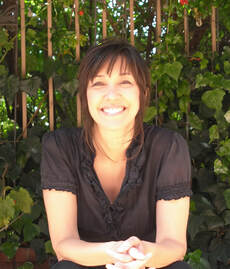 Moni’s BIO: Moni Ritchie Hadley, a half-Japanese, military brat bounced back and forth from the USA to Japan as a child. Daydreaming was a favorite pastime. She received a BA in Psychology at UCLA and later became a home/hospital teacher for the LAUSD, where she taught students with medical needs. Today she lives in Los Angeles, where she turns her sky-gazing daydreams into stories for children. Published in Highlights Magazine, THE STAR FESTIVAL is her picture book debut. Connect with Moni Website: https://www.moniritchie.com/ Facebook: https://www.facebook.com/bookthreader/ Instagram: https://www.instagram.com/bookthreader Twitter: https://twitter.com/bookthreader Good Reads: https://www.goodreads.com/author/show/20502723.Moni_Ritchie_Hadley Purchase THE STAR FESTIVAL: https://bookshop.org/books/the-star-festival/9780807575956 |
We are so excited to be mixing things up at CBA, beginning with some delicious additions to the Blogfish. Meet our awesome bloggers!!
Here's our lineup: 1st Mondays begin with former school psychologist Dr. Debra Collins who will be writing about Social emotional Learning in kidlit and behind the scenes as well as Jewish children's books. 2nd Mondays will feature super smart Melissa Stoller whose career is taking off with several new books. 3rd Mondays will feature our new blogger coming soon. 4th Mondays features new blogger, the fabulous Brentom Jackson, who has a beautiful approach to blogging. And 5th Mondays we'll be taking a break Archives
July 2024
|
|
Discover
|
About Us
|
Join Us
Join our Community and receive a fabulous free gift, KidLit tips, newsletters, scholarship info, contests, and more!
Join our KidLit Mentorship |
Social Media
Interact with our FaceBook Group or follow us on:
|
© 2010-2024 All content on this website is copyrighted. Sorry, all courses are non-refundable.
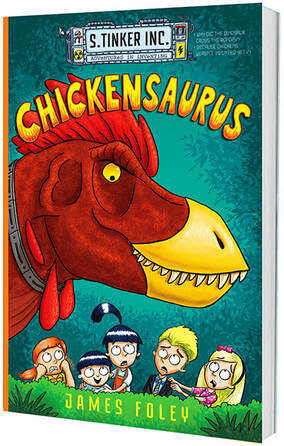
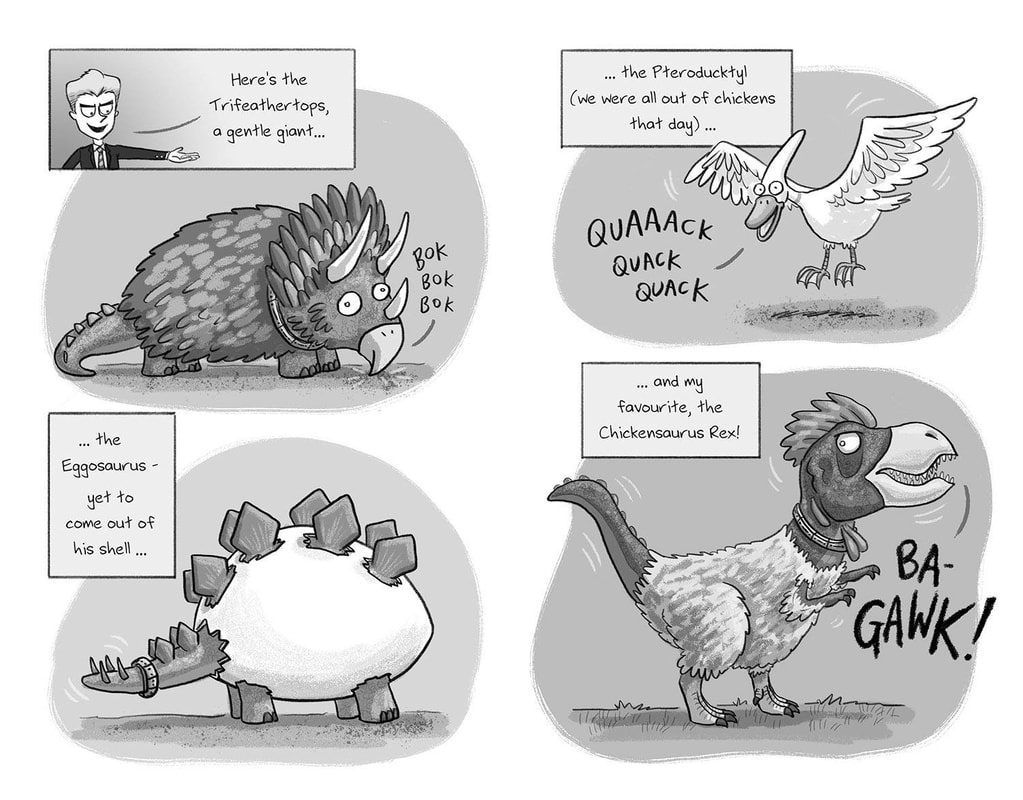
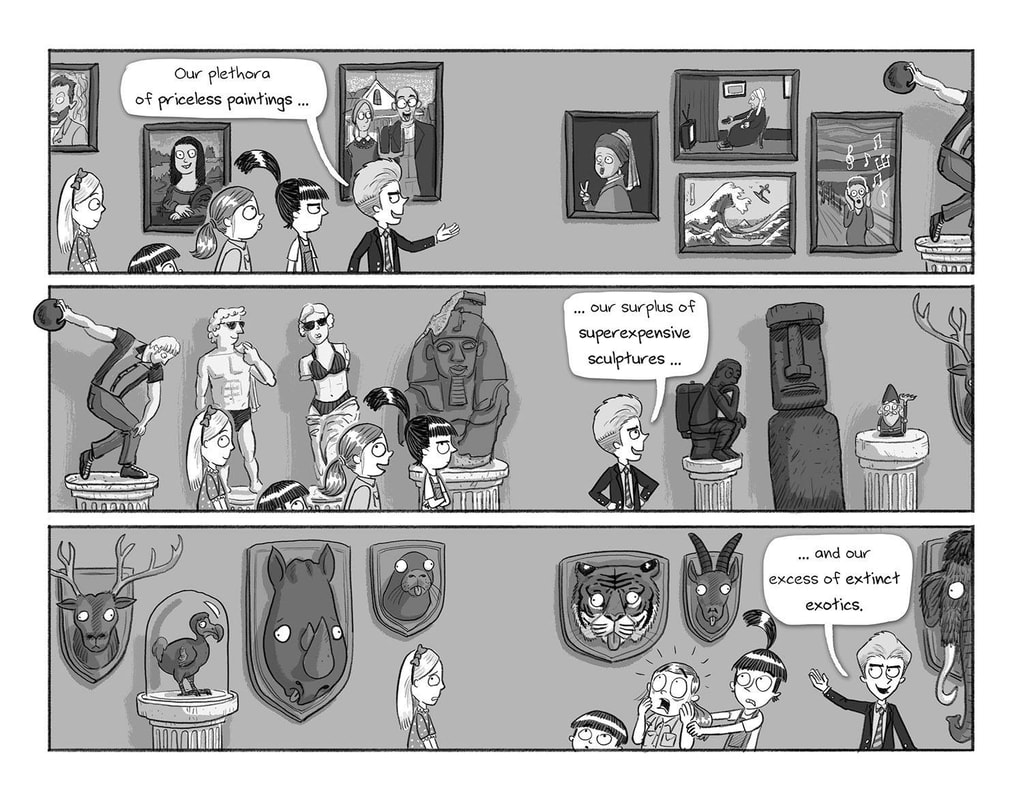

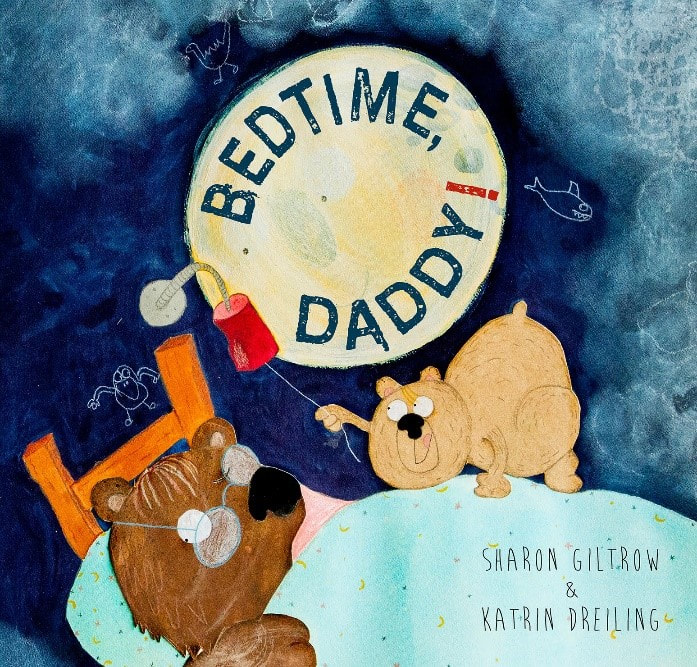
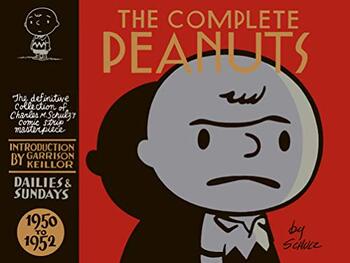
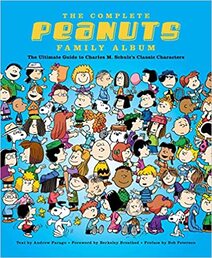
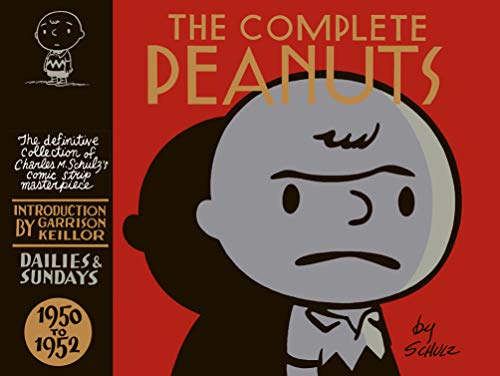

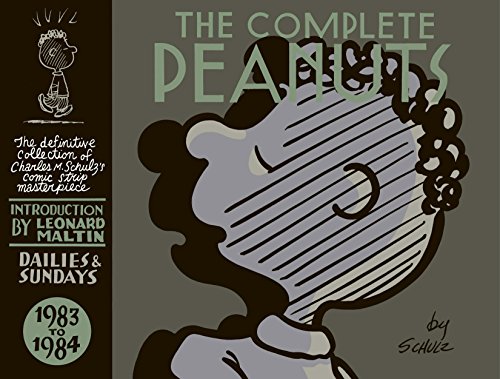
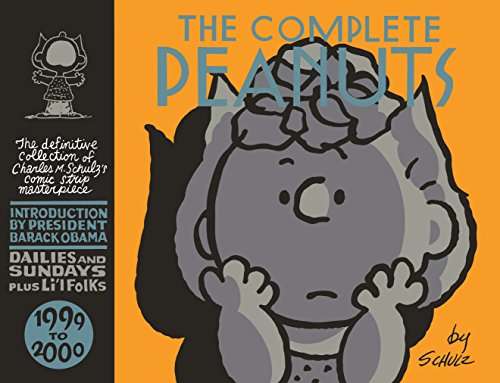

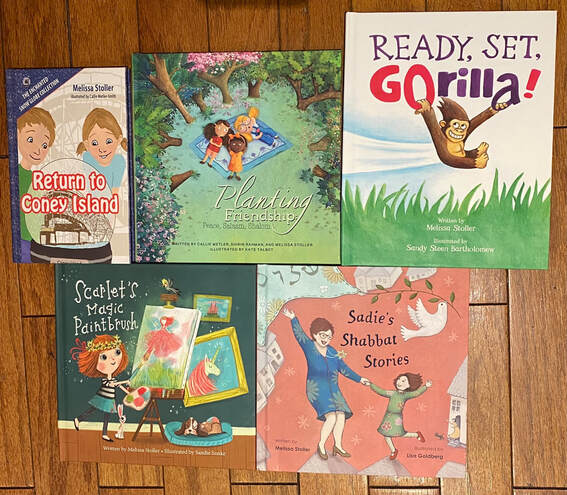
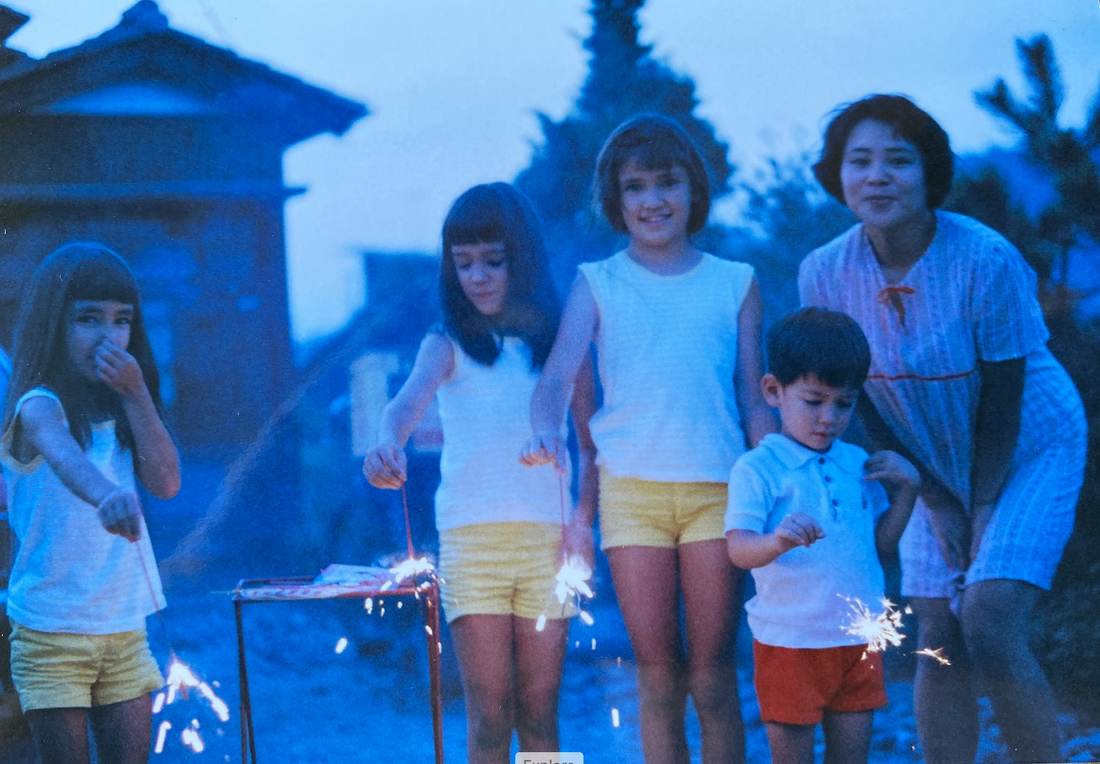


 RSS Feed
RSS Feed
